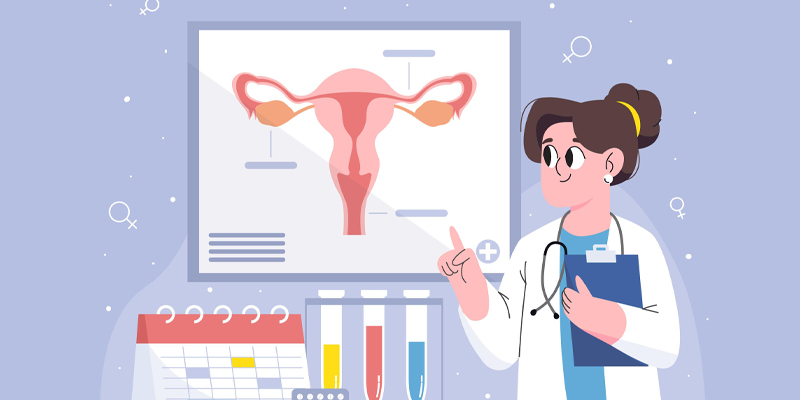Uterine Fibroids and Infertility

Uterine Fibroids and Infertility
Female factor infertility can arise due to many reasons. It is highly important to regularly monitor one’s reproductive health. Many women of young age have issues related to the menstrual cycle ranging from heavy periods, prolonged periods, irregular periods (either short or long cycles), intermenstrual bleeding, low back pain, anemia, pain during sex, bleeding after intercourse, etc. The reasons could be PCOS, endometriosis, uterine polyps or fibroids, or any other issue that can lead to infertility. Without any delay, one has to consult a specialist as a proper diagnosis is very essential in averting any serious health problems. Let us get to know in detail about uterine fibroids and the way they can affect one’s fertility and also the wide array of treatment possibilities.
What are Uterine Fibroids?
Uterine Fibroids are common, non-cancerous tumours that grow in the uterus. The incidence of fibroids in women of reproductive age group is 33-77% though 50% of these women with fibroids are asymptomatic. 3 types of fibroids can occur depending on the location in the uterus such as:
- Subserous (fibroids in the outer wall of the uterus)
- Submucosal (fibroids within the uterine cavity)
- Intramural (fibroids in the muscles of uterus)
Not all women with fibroids face infertility issues. Based on the size and where the fibroid is located, assessment and treatment are necessary.
How do fibroids hamper fertility?
- Fibroids may block the fallopian tube thereby affecting fertilization
- Uterine cavity lining might get distorted by fibroids
- Fibroids can change the shape of the uterus which can affect sperm movement
- Fibroids can change the shape of the cervix thereby affecting the number of sperms that can travel to the uterus
- Fibroids can lead to abnormal uterine contractions which might affect the sperm movement
Fibroids may lead to infertility, miscarriage, preterm labor, cesarean delivery, and other complications. It can also change the position of the fetus in the uterus.
Types of surgery for fibroid removal:
Depending on the number, size, and whether one wishes to have children in future, the management varies.
Myomectomy:
This is usually done for women who wish to retain their childbearing capabilities. Only fibroids are removed keeping the uterus intact. Myomectomy can be done in 3 ways:
- Abdominal myomectomy: Fibroids are removed through an open surgical cut on the abdomen. This is usually preferred when the fibroids are larger.
- Laparoscopic myomectomy: Fibroids are removed by making small incisions. This procedure can be done robotically as well. This is usually done when the fibroids are small and fewer in number. The laparoscopic approach is preferred to prevent adhesions, reduce the number of days of hospital stay, and is cosmetically more acceptable.
- Hysteroscopic myomectomy: A hysteroscope is used to remove fibroids through the cervix in this procedure. The patient will have no abdominal cut in this procedure as the whole procedure is done vaginally.
One need not worry about fibroids as several treatment procedures are available to treat this condition. But the most important thing is to consult a specialist without any delay if women have any issues related to their menstrual cycle as it can affect one’s fertility potential.










